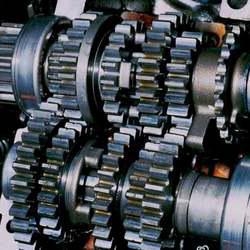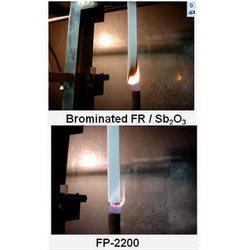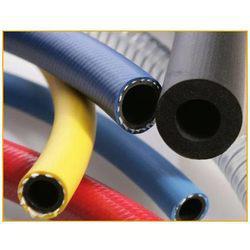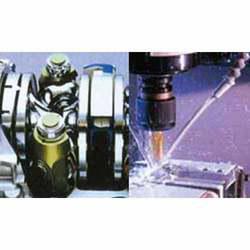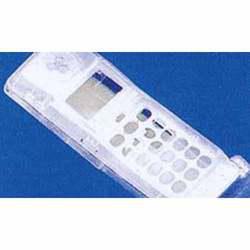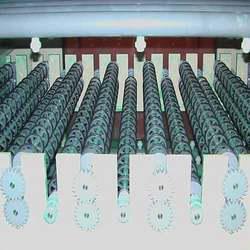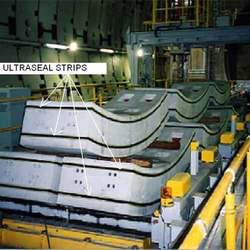Adeka India Private Limited
Product Range
Fact Sheet
- Location:Maharashtra, India
- Year of Establishment:2007
- Business Type:Manufacturer, Trading Company, Distributor / Wholesaler
- Main Products:Polymer Additives , Plastic Plasticizers
- Reviews & Rating:
Get Verified, Sell more with
- Buyer's trust
- Faster conversions
- Better Rankings
- More
Its Free
Verify NowMetal Deactivators
Additives are selected depending on the type of polymers to which they will be added or the application for which they will be used. Appropriate selection of additives helps develop value-added plastics with improved durability.
- FOB PriceNA
- Min Order QuantityNA
- Payment TermsNA
Other Details
Mechanism – Thermoplastic Polymers often comes in intimate contact with a wide variety of metals and metallic compounds. Many of these contacts are inevitable; they may begin already with the polymer’s manufacturing process, for example- with Ziegler-Natta catalysts for the polymerization of olefins or any kind of polymer processing whereby contacts with hot metal surfaces in the presence of oxygen are unavoidable. In addition to that, there are numerous occasions where metallic compounds are deliberately or inadvertently (as impurities) added to thermoplastic polymers as stabilizers, lubricants, pigments or fillers and reinforcing agents. A further possibility lies in the practical use of a polymer as insulating material for wire and cables with copper conductors. The interaction between metals or metallic compounds and polymers leads to polymer degradation. It is influenced by number of factors, some of them are, nature of polymer, the kind of metal, its valency and its concentration, the structure of ligand or of the anion, environmental conditions to which polymer is exposed.
The general feature of metal deactivators is their polyfunctionality; this means they contain several ligand items like N, O, S, P, alone or in combination with functional groups such as hydroxyl, carboxyl, or carbamide. The efficiency of a ligand as a metal deactivator depends on the nature of metal ion being chelated. Deactivators form copper complexes with much less residual activity. Metal deactivators effectiveness is improved if; they have sufficient solubility or ease of dispersion, they have good compatibility to avoid exudation connected with loss of performance, they have high extraction resistance, they have low volatility under processing and service conditions, there is no discolouration by interaction with antioxidants or with colourants used for coding wires, Sufficient thermal stability under processing and service conditions, etc.
Benefits - The benefits of our Metal Deactivators are:
1.ADK STAB metal deactivator system significantly improves the plastics thermo-oxidative stability and provides excellent heat stability to polymers in contact with metals.
2.ADEKA’s metal deactivators have excellent compatibility with polymers along with high extractions resistance. Hence, they are highly effective to retard the metal catalysts.
3.Our stabilizer systems have low volatility and have high thermal stability during processing and service conditions.
4.ADK STAB metal deactivators do not discolour by interaction with antioxidants or with colourants.
5.Many of our deactivators are RoHS and REACH compliant.
Applications- ADK STAB Metal Deactivator are suitable for various polymers and plastics.
Images
